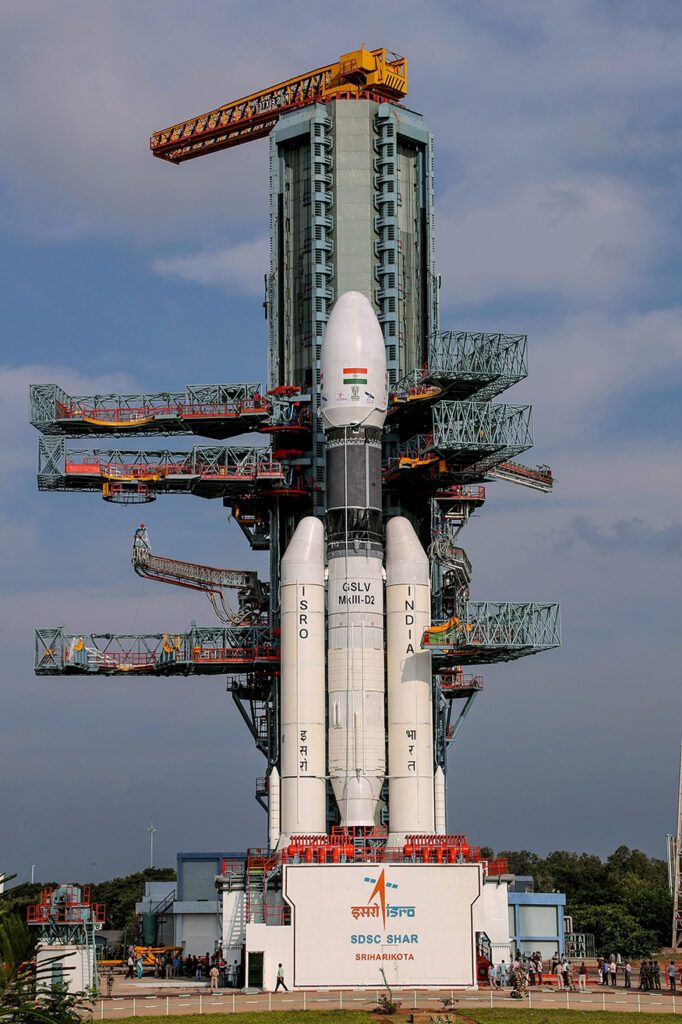ISRO Space Rocket Vehicles. In the early 2000s, the Indian Space Research Organization (ISRO) surfaced as a prominent player in the field of space disquisition, gaining recognition for its cost-effective yet technologically advanced space operations. Central to ISRO’s success are its space rocket vehicles, which play a pivotal part in launching satellites, conducting space disquisition operations, and advancing scientific exploration. Let’s take a near look at some of ISRO’s crucial space rocket vehicles, their features, rates, and the purposes they serve.
#1. PSLV (Polar Satellite Launch Vehicle): The PSLV is one of ISRO’s most dependable workhorses. ISRO space rocket vehicles known for its versatility and robustness. It’s primarily used for launching satellites into polar routeways and has a remarkable track record of successful launches. The PSLV’s capability to carry multiple loads in a single charge makes it a cost-effective choice for both domestic and international customers.
Vehicle Specifications
| Height | : 44 m |
| Diameter | : 2.8 m |
| Number of Stages | : 4 |
| Lift Off Mass | : 320 tonnes (XL) |
| Variants | : 4 (PSLV,CA,DL,QL,XL) |
| First Flight | : September 20, 1993 |
#2. GSLV (Geosynchronous Satellite Launch Vehicle): The GSLV is designed to place heavier loads, including communication satellites, into geostationary routeways. It features an indigenous cryogenic upper stage, which gives it the capability to launch heavier loads compared to the PSLV. The GSLV has been necessary in India’s sweats to come tone- reliant in launching heavier satellites.
Vehicle Specifications
| Height | : 51.73 m (With Ogive PLF) |
| Number of Stages | : 3 |
| Lift Off Mass | : 420 tonnes |
| First Flight | : April 18, 2001 |
| First Flight (With Indigenous Cryo Stage) | : January 5, 2014 |
#3. GSLV Mk III (Geosynchronous Satellite Launch Vehicle Mark III): The GSLV Mk III, also known as LVM- 3(Launch Vehicle Mark- 3), is heaviest and most important ISRO space rocket vehicles. It’s able of launching large loads, including crewed spacecraft, into geostationary routeways. The GSLV Mk III’s successful demoiselle flight in 2014 marked a significant corner for ISRO and paved the way for unborn manned space operations.
Vehicle Specifications
| Height | : 43.5 m |
| Vehicle Diameter | : 4.0 m |
| Heat Shield (Payload Fairing) Diameter | : 5.0 m |
| Number of Stages | : 3 |
| Lift Off Mass | : 640 tonnes |
#4. Reusable Launch Vehicle (RLV): ISRO has also been working on developing an applicable launch vehicle, analogous to the Space Shuttle, to reduce the cost of access to space. The RLV ISRO space rocket vehicles is designed to return to Earth after launching its cargo into route, where it can be refurbished and used for posterior operations. This technology has the implicit to revise space trip by making it more affordable and sustainable.
#5. Small Satellite Launch Vehicle (SSLV): ISRO has lately developed the SSLV, a small satellite launch vehicle designed to feed to the growing demand for launching small satellites. The SSLV is cost-effective, flexible, and can be assembled and launched at short notice, making it ideal for launching small satellites for marketable and scientific purposes.
Vehicle Configuration
| 2m diameter x 34m long |
| Lift off mass : ~120T |
| Three Solid propulsion stages |
| Liquid module as terminal stage |
| Single/Multi Satellites – Nano, Micro and Mini satellites |
| Single Satellite up to 500kg in 500km planar orbit |
| Three Multiple satellites ranging from 10kg to 300kg into 500km Planar Orbit |
In conclusion, ISRO’s space rocket vehicles represent the capstone of times of exploration, development, and invention. They showcase India’s prowess in space technology and its commitment to exploring the final frontier. With each successful launch, ISRO continues to inspire the world and pave the way for unborn generations of space studies.
KNOW MORE,
https://www.isro.gov.in/Launchers.html
Pages
